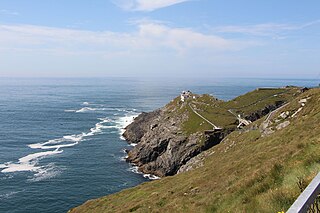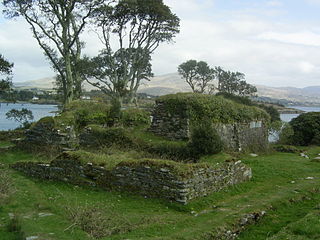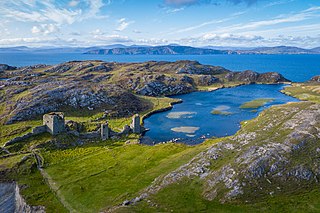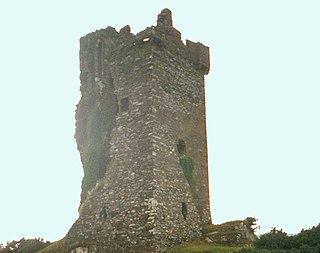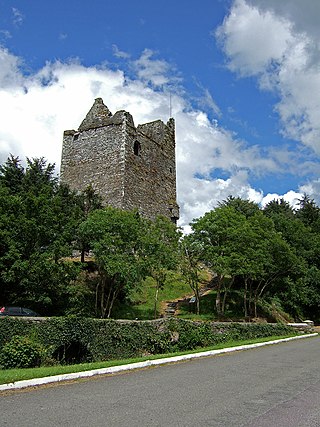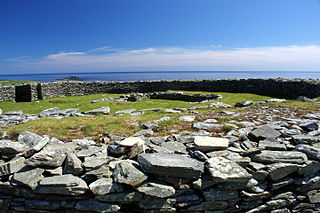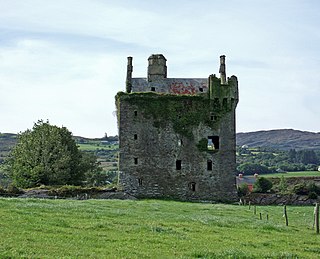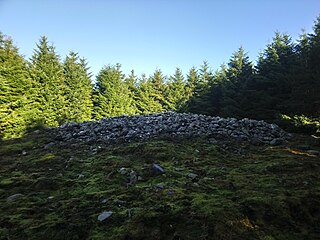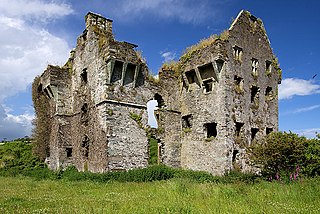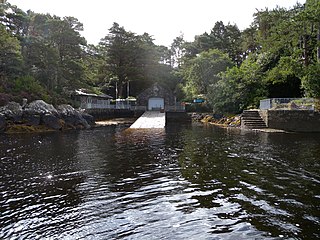12 Sights in West Cork, Ireland (with Map and Images)
Legend
Premium Sights
Book tickets, guided tours and activities in West Cork.
Guided Free Walking Tours
Book free guided walking tours in West Cork.
Welcome to your journey through the most beautiful sights in West Cork, Ireland! Whether you want to discover the city's historical treasures or experience its modern highlights, you'll find everything your heart desires here. Be inspired by our selection and plan your unforgettable adventure in West Cork. Dive into the diversity of this fascinating city and discover everything it has to offer.
1. Betelgeuse Incident
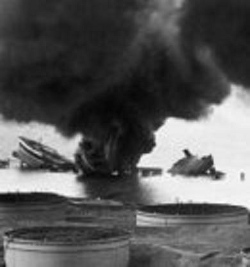
The Whiddy Island disaster, also known as the Betelgeuse incident or Betelgeuse disaster, occurred on 8 January 1979, around 1:00 am, when the oil tanker Betelgeuse exploded in Bantry Bay, at the offshore jetty for the oil terminal at Whiddy Island, Ireland. The explosion was attributed to the failure of the ship's structure during an operation to discharge its cargo of oil. The tanker was owned by Total S.A., and the oil terminal was owned by Gulf Oil.
2. Mizen Head
Mizen Head is traditionally regarded as the most southerly point of mainland Ireland although Brow Head is the actual southernmost point. It is at the end of the Mizen Peninsula in the district of Carbery in County Cork.
3. Dunboy Castle
Dunboy Castle is a ruined 15th-century castle on the Beara Peninsula in south-west Ireland near the town of Castletownbere. The castle's tower house and bawn were destroyed in the 1602 Siege of Dunboy, though its ruins remain open to the public.
4. Dunlough Castle
Dunlough Castle, standing atop the cliffs at the northern tip of the Mizen Peninsula, looks at the Atlantic Ocean from the extreme southwest point of Ireland. Founded in 1207 by Donagh O’Mahony, Dunlough is one of the oldest castles in Ireland and an example of Norman architecture and dry stone masonry.
5. Castle Salem
Castle Salem is a fortified house near Rosscarbery, in County Cork, Ireland. The house was home to the Morris family from around 1660 until the early 1800s, and was bought in 1895 by the Daly family, descendants of whom now run it as a guest house.
6. Castle Donovan
Castle Donovan or Castledonovan or O'Donovan's Castle refer to the remains of an Irish tower house or túrtheach, in a valley near Drimoleague, of medium size which was the so-called "seat" of the Clann Cathail sept of the O'Donovans for a period during the 16th century. The original name of the castle, and when the O'Donovans were actually living in it, was Sowagh before the 17th century. The name of Castle Donovan, after the Manor of the Castle of O'Donovan, is associated with a regrant from James II of England in 1615. Approximately 60 feet in height, it sits on a large rock or outcropping, which forms the ground floor, close to the bank of the River Ilen. It is commonly believed to have been built, or at the very least augmented, by Donal of the Hides, Lord of Clancahill from about 1560 to his death 1584. His son Donal II O'Donovan then repaired or further altered the structure some decades later, but was not living in it by then. It is believed that his father had already relocated the family in the first decade of that century to the more profitable Rahine Manor on the seacoast to protect their maritime interests.
7. Ballynacarriga Castle
Ballinacarriga Castle is a 16th-century tower house located in the village of Ballinacarriga, about 9 kilometres (5.6 mi) from the town of Dunmanway and 7.5 kilometres from the village of Ballineen. There is also a school nearby.
8. Cnoc Droma
Knockdrum Stone Fort is a circular stone rath, ringfort, or hilltop fort near Castletownshend in County Cork, Ireland. It was restored before 1860, and there were archaeological excavations from 1930–31. The three-metre thick walls are reported as either 2 metres or 1.75 metres high depending on the source, and as 29 metres in diameter. The site is owned by the Irish Government which has declared it a national monument.
9. Togher Castle
Togher Castle, is a late 16th century tower house primarily known for its association with the MacCarthys of Gleannacroim. It is located approximately 9 kilometres (5.6 mi) north of the town of Dunmanway in the townland of Togher, which derives from the Irish "tóchar" meaning "causeway", or "causeway of wood over a bog".
10. Skeagh Cairn
Skeagh Cairn is a cairn and ring barrow and National Monument located in County Cork, Ireland. It is located 5.8 km northwest of Skibbereen. A ring barrow is located 20 m to the north. It is a large flat-topped cairn 19 m (62 ft) across and 2 m high.
11. Coppingers Court
Coppingers Court is a ruined four-storey fortified house dating from 1616, situated on private property approximately 1 kilometre (0.6 mi) from the sea. It was built by Sir Walter Coppinger and located in Ballyvireen valley, west of Rosscarbery in County Cork, Ireland. The house has a rectangular centre flanked by two wings on the east and west, resulting in a total of 9 gables.
12. Garnish Island
Garinish or Garnish Island is an island in Glengarriff Bay, an inlet of Bantry Bay, near the shore of the Beara Peninsula in County Cork, Ireland. It is a tourist attraction with walled gardens and a Martello tower.
Share
How likely are you to recommend us?
Disclaimer Please be aware of your surroundings and do not enter private property. We are not liable for any damages that occur during the tours.
